Services Include but are not limited to :
4- Point Inspection Repairs-
Aluminum Wiring Repairs-
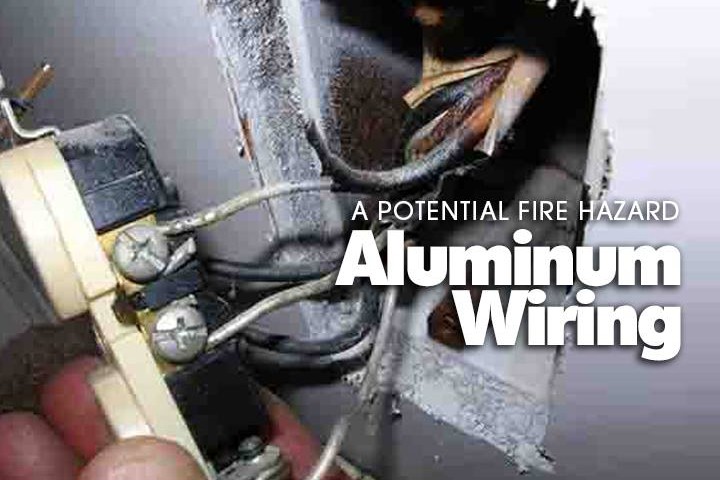
Electrical problems due to aluminum wiring in residential homes are a growing concern for many homeowners who live in homes built between 1965 and 1973.
It is not that the aluminum wiring itself that is a problem but the connections to the devices such as receptacles, switches, & light fixtures. When told that aluminum wiring is bad many homeowners fear the worst, that they need to replace the wiring within the walls of their homes but that is not the case.
The Electrical Safety Authority has come up with guidelines that allow you to mitigate the problems with the connection by pig tailing the aluminum to copper with the use of Alumicon connectors. Due to the increase in electrical fires because of aluminum wiring faults within residential homes, insurance companies are now requiring that all homes with aluminum wiring, to repair the connections.
Outdated Panels
There are several types of electrical panels that are considered uninsurable for different reasons. They include Federal Pacific, Zinsco, Challenger, Sylvania, Square D XO, Crouse Hinds
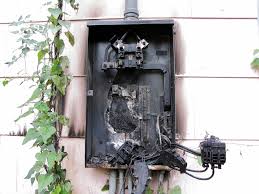
Federal Pacific
Federal Pacific Electric Company was one of the most common manufacturers of circuit breaker panels in North America from the 1950's to the 1980's. Millions of their panels were installed in homes across the country. Yet, as the years passed, electricians and home inspectors often found Federal Pacific panels failed to provide proper over load protection . Experts now say that FPE panels can appear to work fine for years, but after one over current or short circuit, they can overheat and become fire hazards.
Zinsco
Most Zinsco panels are obsolete today. However, at one time, they were extremely popular and installed in many regions. Zinsco panels can often fail to operate properly and may leave homeowners at risk to both fire and electrical shock. These panels can work fine for years, but as homes have increased energy demands, these panels may overheat and catch fire, causing serious harm and damage.
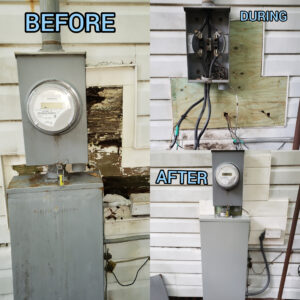
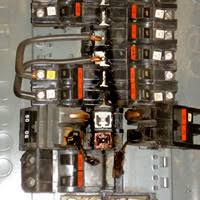
Knob & Tube -
Knob-and-tube wiring is an early standardized method of electrical wiring in buildings, in common use in North America from about 1880 to the early 1940s. One of the main differences between modern wiring and the old knob and tube, is that there is no ground wire. Therefore, this type of wiring cannot accommodate any electrical items with three pronged plugs, and the risk of shocks and fire is much greater.
What can go wrong with knob and tube wiring?
Any of the problems listed below can cause short circuits or overheating. To avoid these problems, you may need to replace your house’s wiring.
Insulation over the wiring:
If household insulation is installed over knob and tube wiring, a fire is just waiting to break out. The wiring is coated with a rubber/cloth insulation. It needs lots of space to dissipate the heat that builds up when an electrical current is flowing through. If there’s no room, because it’s been covered with insulation, a very dangerous situation is created.
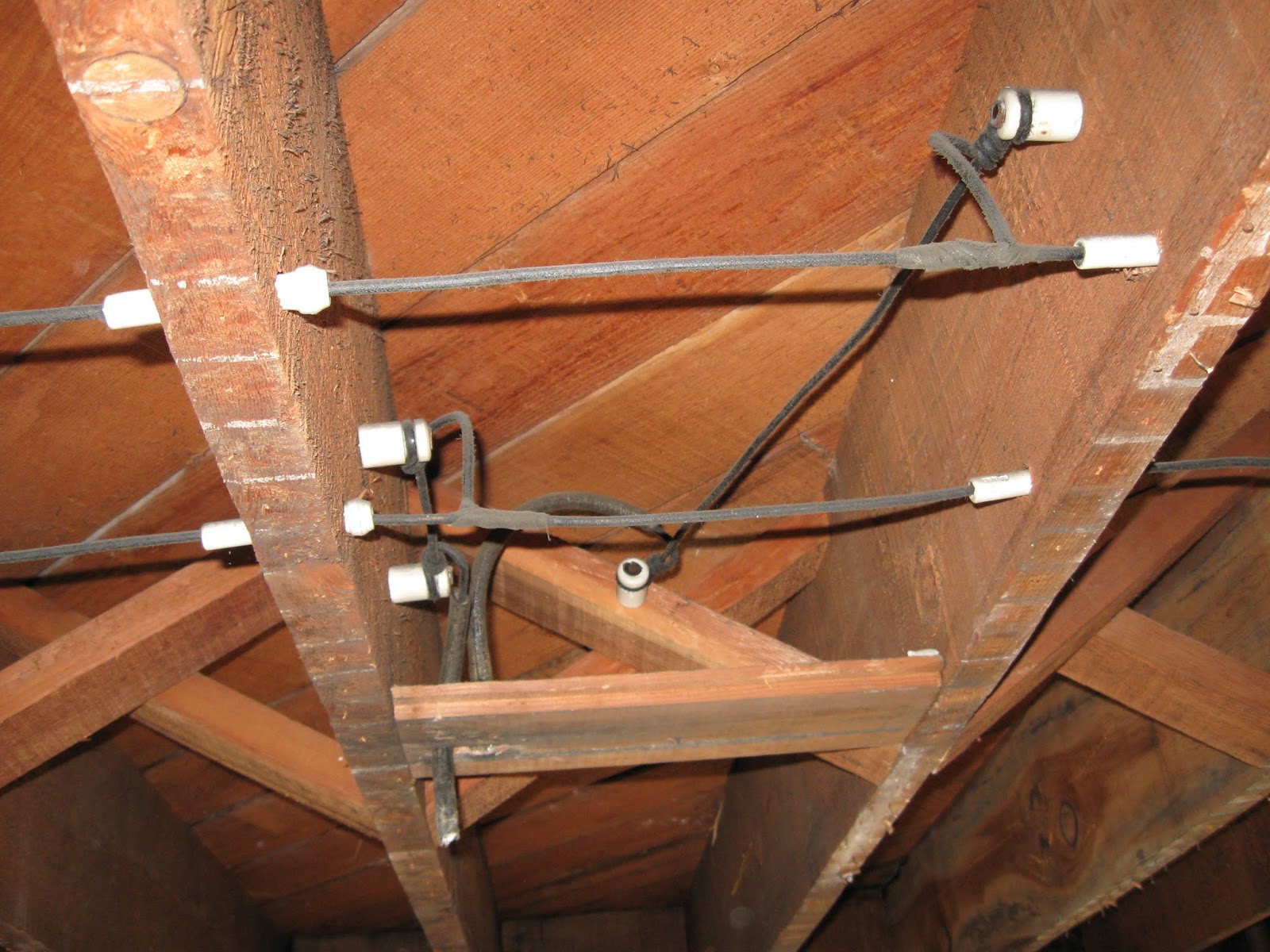
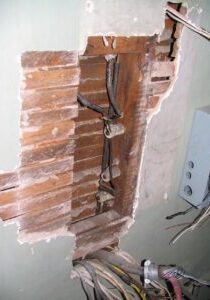
Excess use:
Knob and tube wiring was installed when there were really very few electrical appliances in the average home. Nowadays, with TVs, sound systems, computers, washers, and dryers, the system can easily become overheated. Many times, there is overuse of extension cords, and power bars, as well. Old systems, are just not designed to handle the demands for electricity that occur in our modern computerized world. The ground pin (or 3rd prong) on power bars or other electrical items should never be removed to accommodate the two pin outlets used in k&t wiring.
Alterations:
Most problems occur with k&t wiring as a result of improper alterations being made to the existing wiring. As it’s such an old system, proper replacement parts are not always available, which could be the reason a lot of makeshift handyman fixes are so dangerous. Knob and tube wiring is easily accessed in the basement, which is perhaps the reason why this wiring is often spliced unsafely with modern wiring by home handymen, as opposed to certified electricians.
Damage:
Serious problems can occur when this type of wiring is damaged, either due to wear and tear, handyman fixes, or other types of damage. Porcelain knobs and tubes can crack, and the wires tend to sag and fray over time exposing live wires.
Cloth Wiring
Cloth wiring is the predecessor to modern plastic-coated wiring and is common in homes built before 1960. These wires don't pose an inherent risk to homeowners, but if you experience electrical faults or are starting a home renovation, you might seriously consider replacing them.
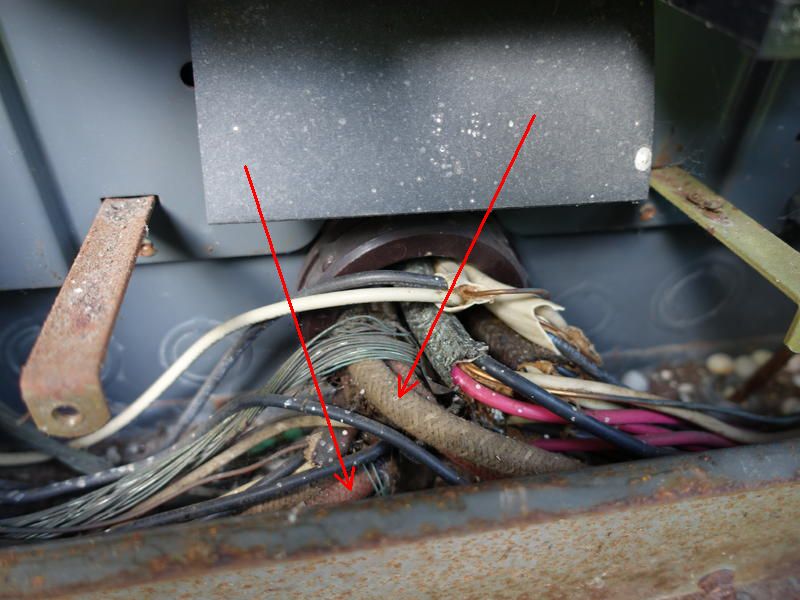
Basics of Cloth Wiring
Cloth-covered wiring in residential buildings usually dates from the first half of the 20th century. It was standard insulation at the time, and managed to keep homes electrical currents running for many years. (Even the old knob-and-tube wiring that predates cloth wiring was perfectly adequate at the time.) However, cloth wiring is definitely out of date and poses some significant risks today. Cloth wiring can become abraded and chewed on by rats and insects, leading the exposure of the wire underneath. If that happens, the chance for an electrical arc (electricity making a short cut from one wire to another) can occur—and that’s a major fire hazard.
The wires are usually insulated with a rubberized cloth fabric. One of the main differences between modern wiring and the old knob and tube, is that there is no ground wire. ... Another difference is the wire insulation. Modern wiring is insulated with plastic, while knob-and-tube uses rubber.
Cloth Wiring is considered a fire hazard for most insurance companies due to the the wiring overheating the cloth and starting a fire. The cloth wiring that most electricians consider dangerous is where the cloth is the only outside barrier to the metal conductor. Cloth wiring considered extremely dangerous and replaced immediately. Most cloth wiring found in houses may not be dangerous. They usually have Romex wrapped around the wire and it would be covered by cloth sheathing.
